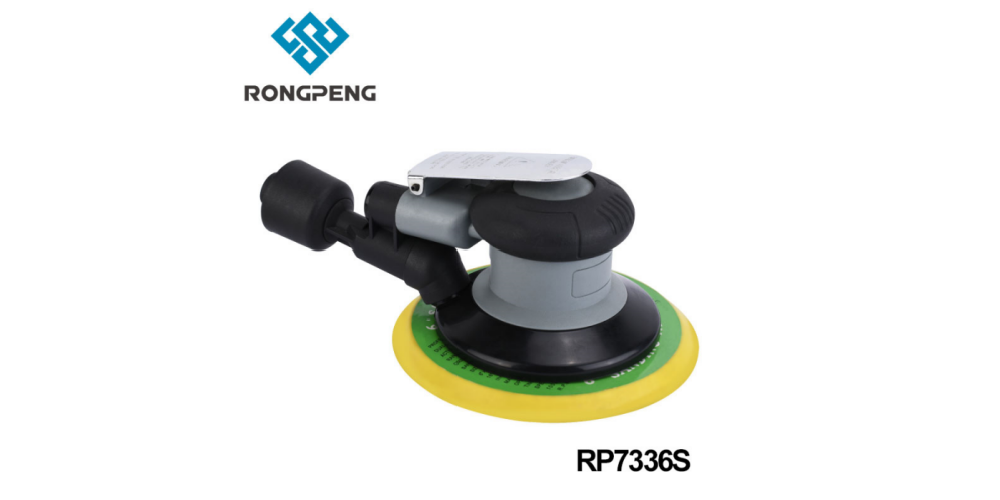

Stripping paint from wood can be a hard job, but using a sander makes the process much easier and more effective. Whether you need to remove layers of old paint from a furniture restoration project, a quality sander is a woodworker's best friend when paint removal is needed.
The first step is choosing the right type of sander. Orbital and belt sanders are usually too aggressive for paint removal and can damage the wood underneath. The best sander for removing paint is a random orbital sander. RONGPENG RP7336S Air Sander in a random-orbit action for optimal paint removal with less risk of leaving swirls or scratches in the wood. If you’re planning on repainting the wood, then the swirling pattern shouldn’t be much of an issue. But, if you are replacing the paint with varnish or just want to leave it bare, then a random orbital sander is a better choice.
Once you’ve prepped your sander, get ready to start stripping. Make sure you’re working in a well-ventilated area and are wearing an N95 respirator mask and safety goggles. Apply painter's tape around any adjacent surfaces you want to protect from the sander. Adjust the speed on your sander, starting slow on a low setting. Position the sander on the painted wood and gently move it in even, overlapping strokes along the grain.
For the sandpaper itself, opt for either fine grit paper around 120 to 150 grit or special sandpaper made specifically for paint removal. The coarse paper will remove paint more quickly, while finer grits provide smoother results.
Always start with a medium grit sandpaper like 120 and assess the results before moving to a finer grit. Begin by sanding in the direction of the wood grain, applying light pressure. Sanding too aggressively can cause deeper scratches. Work systematically over the surface, overlapping passes by about half the width of the sander to ensure even sanding.
As you sand, you'll see paint dust building up on the wood surface. Be sure to wipe this away frequently with a tack cloth or rag to prevent the particles from scratching the wood. RONGPENG RP7336S using self vacuum technology to easily dispose of excess debris and paint stains. The goal is to sand through the paint layer completely until only bare wood remains. You may need to switch to finer grit sandpaper once you get close for a smooth finish.
Switch to a finer grit sandpaper, around 150 to 220, and repeat the process to smooth and prepare the wood for restaining, sealing, or refinishing. For textured surfaces that need more aggressive stripping, you can also use a chemical paint stripper prior to sanding, just ensure it's fully neutralized and dried first.
Focus your efforts on the flat surfaces first, before moving on to sanding detailing, curved areas, and edges. For hard to reach spots, use a sanding block or sanding sponge instead of the sander, and sanding follow the wood grain.

The RONGPENG RP7336S 6-inch air sander operates at 12000 RPM, using P6 class industrial bearings, make the tool with longer life, perfectly balanced sanding pad, low vibration for swirl-free finishes, can efficiently remove paint and rust without damaging the underlying surface.
Besides woodworking, RONGPENG RP7336S also excellent for polisher of welding slag, weld, rust, burs and metal products processing residues, making it a versatile choice for paint removal projects.
When all paint has been removed, wipe the surface with a tack cloth to remove any remaining dust particles or debris. Now the wood is ready for staining, sealing, or refinishing as desired. With the right sander and techniques, removing paint doesn't have to be a hard process.
Model | RP7336S |
Sanding pad | 6"(150mm) |
Free Speed(RPM) | 12000 |
Air Inlet(NPT) | 1/4" |
Air Hose(ID) | 3/8" |
Avg.Air Consumption | 4.5cfm(128.2l/min) |
Sug.Air comp(HP) | 2 |
Net Weight | 2 Lbs |
Overall Length(mm) | 128 |
If you need product quotation service, please contact: Rongpeng@Rongpeng.Com